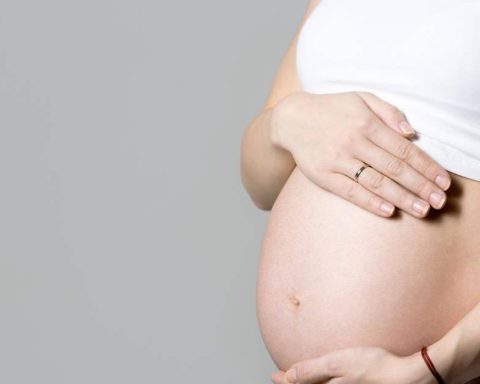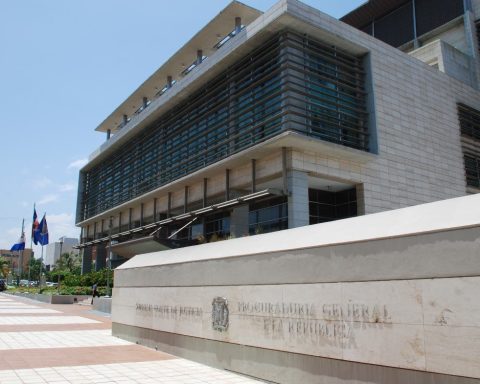One of the groups that will be the protagonist of the tax reform project that the new government filed this Monday is that of natural persons, because for the concept of some taxes that would be modified if this project is approved, the country could receive at least an additional $8.12 billion in 2023.
(Read: Would the Petro Government have to resort to a second tax reform?).
The Minister of Finance, José Antonio Ocampo, was emphatic when presenting the articles on Monday in which this project seeks the “reduction of tax benefits for the higher income segments and the redistribution of income towards the most vulnerable Colombian families”.
The project includes several elements that the experts are reviewing, since would affect natural personsespecially those with high incomes, and for this a single table of marginal rates was created for all types of income.
The first big change that it would introduce comes from the income tax side. Although those citizens who earn less than $10 million a month would not be affected, the rate would change for people who earn above that value.
The reform proposal increases the effective rate of taxation of natural persons by limiting the value of the benefits related to exemptions and deductions. According to Treasury, this would go from $120 million to $50 million andn the case of exempt income and from $210 million to $33 million in deductions.
“According to the initial calculations, we observed that people with incomes greater than $10 million would increase their effective taxation approximately between 2% and 9% in relation to their current tax.”, explained Juan Guillermo Ruiz, partner of the firm Posse Herrera Ruiz.
But the change in income will not only be felt by workers, but will also apply to pensioners. The project proposes that for these reduce exempt income from $500 million to $75 million.
According to Ángela González, associate partner people advisory services at EY Colombia, pensions currently have a “quite generous” percentage of tax exemption, with more than $30 million not taxed, “but the reform project proposes that the non-taxed pension cover pensions of up to $10 million, and pensions above that figure would begin to pay income tax according to the progressive rates that apply to natural persons“, Explain.
(Also: Successes and objections that congressmen see to the tax reform).
Tax reform
Briefcase
Marcelo Duque Ospina, director of the firm How do I retire, said in this regard that “we cannot forget that pensioners are hardly employed, therefore, the allowance is their only or main source of income”, and assured that in that sense, ” taxing pensions is influencing the quality of life of adults, especially at a vulnerable moment in their lives”.
occasional earnings
This change also seeks to increase the effective taxation of natural persons is to raise the tax on occasional earnings, where the 10% rates are changed (for inheritances, donations and disposal of assets) and raffles and lotteries (20%) for the marginal rates of the general table.
According to González, the occasional earnings “would be added to the rest of the income received by the natural person”, which can be from work, financial, dividends, etc., and these are consolidated into a single sum to which tax rates will apply.
“The practical effect will be that the new tax rate on occasional earnings will be tied to the rate of each taxpayer, in relation to their total income.”, clarified the expert.
Dividend and equity
On the other hand, there is also a change in the 10% rate on dividends, by the marginal rates of the general table proposed by the reform.
“If the reform is approved, according to the text of the bill, part of the income will be doubly taxed, first at the head of the company at the rate of 35% and later at the head of the natural person, at the individual tax rate. of the natural person as one more income in the ordinary purification of their income”, Ruiz questioned in this regard, who said that this could imply a double payment by taxpayers.
(Read: Analysis: details of the Petro government’s tax proposal).
Finally, another of the changes that directly affect natural persons is the increase in their individual rate of taxation through the wealth tax, with a permanent rate from $2,736 million (72,000 UVT). From this amount up to $4,636 million it would be 0.5% and over this it would be 1%.
LAURA LUCIA BECERRA ELEJALDE















